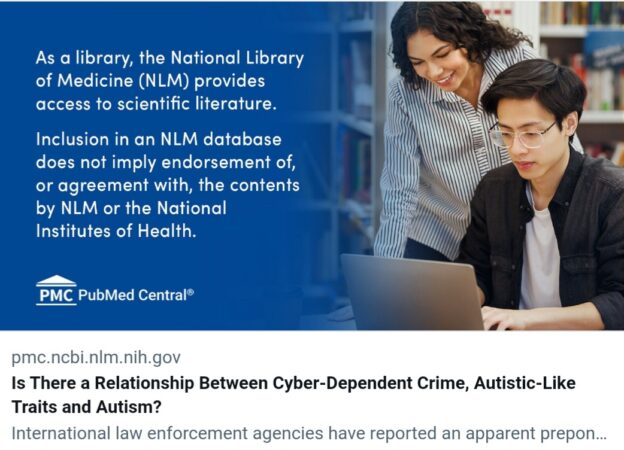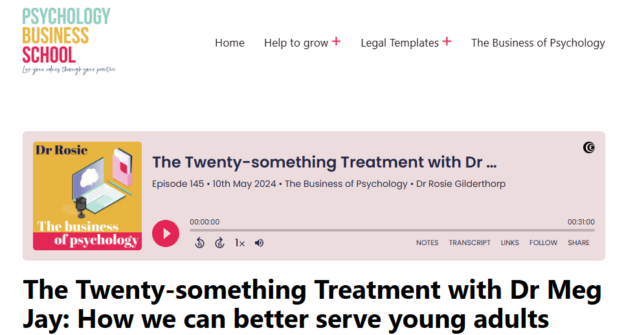Leonard Shengold’s Soul Murder: The Effects of Childhood Abuse and Deprivation examines the profound psychological damage caused by childhood abuse and neglect, using psychoanalytic theory to explore how trauma disrupts development, fosters dissociation, and impairs adult relationships. Through clinical case studies, the book highlights the enduring effects of “soul murder” while advocating for greater awareness and compassion.
Continue reading


















